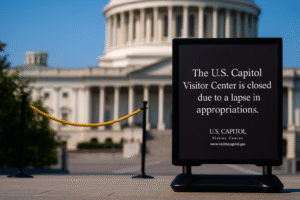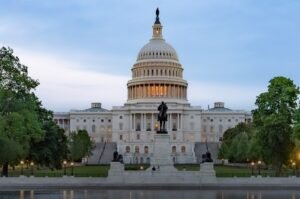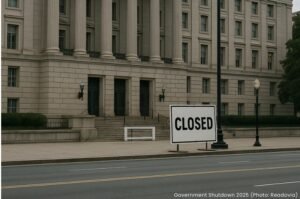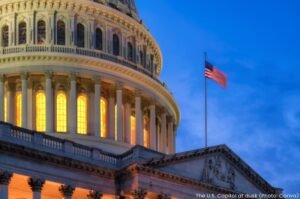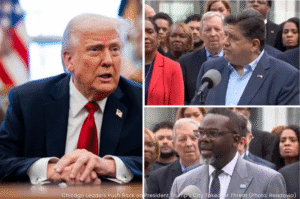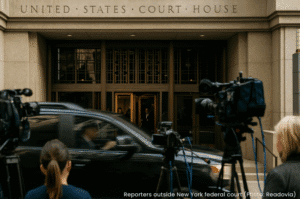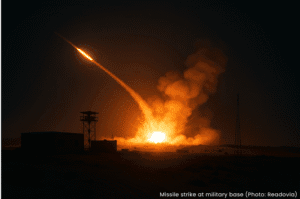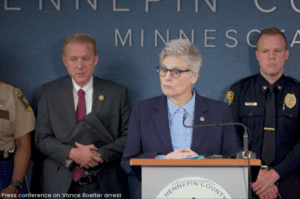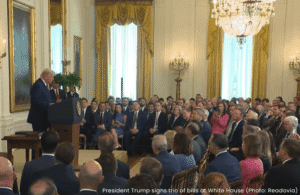For the first time in six years, the U.S. government is on the brink of shutting down. President Trump and his Democratic opponents left late-night talks with no deal in sight, despite Republicans pushing a stopgap plan to fund the government through late November. Democrats flatly refused, demanding healthcare protections and subsidy extensions as part of any agreement.
Currently, Republicans and Democrats are advancing competing versions of a stopgap funding bill, also known as a continuing resolution (CR). Each side insists their version is the responsible path forward, while trading blame for the looming shutdown. The Republican plan focuses narrowly on extending funding into November, while Democrats argue no CR can move forward without concessions tied to healthcare and social safety nets.
Standoff Over Funding & Healthcare
Central to the impasse: Republicans insist any short-term spending bill stick to “clean” funding, separate from expanding or restoring health benefits. Democrats counter that any extension must include protections for expiring Affordable Care Act subsidies and rollback of cuts to Medicaid. Without compromise, hundreds of thousands of civil servants, national parks, federal courts, and countless agency functions could be suspended.
Blame Game Unfolds
Each side walked away pointing fingers. Vice President J.D. Vance predicted bluntly, “I think we’re headed to a shutdown.” Senate Democratic Leader Chuck Schumer summed up the situation: “We have very large differences.”
Republican leaders earlier urged Democrats to accept a stopgap measure through November 21 to buy more time — but the Senate, where bipartisan support is required, rejected the GOP-led plan.
Escalating Threats & Unusual Tactics
In a bold gambit, Trump warned that a shutdown would allow his administration to carry out “irreversible” actions — cuts and program shifts that could not easily be undone. Congressional Democrats sharply protested. Some observers view it as signaling a willingness to use the shutdown itself as leverage.
Meanwhile, Trump canceled an earlier scheduled meeting with Democrats, citing “unserious and ridiculous” demands. That move added tension and uncertainty to last-minute negotiations.
The Stakes
A shutdown has real consequences:
- Non-essential federal workers could face furloughs or worse if funding is not extended.
- Essential services like air traffic control and emergency response may still operate, but many public services would stop.
- Monthly economic data releases, small business loans, and federal grant programs may be delayed or suspended.
- Politically, the blame will be heavy. With midterms approaching, both Republicans and Democrats are vowing to pin responsibility on the other side.
Final Word
With Q4 beginning under the shadow of collapse, everything from federal paychecks to regulatory enforcement hangs in the balance. For millions of Americans, the shutdown threat isn’t just some random news headline — it’s a paycheck, a service, or a benefit put on hold.





















